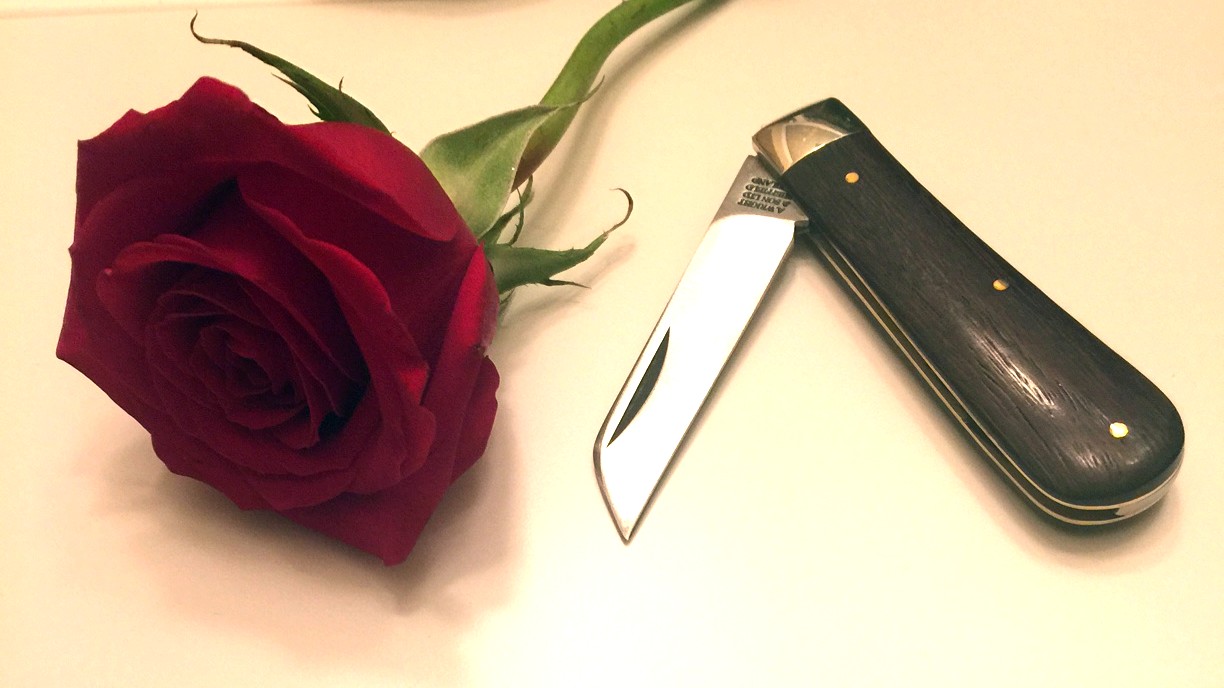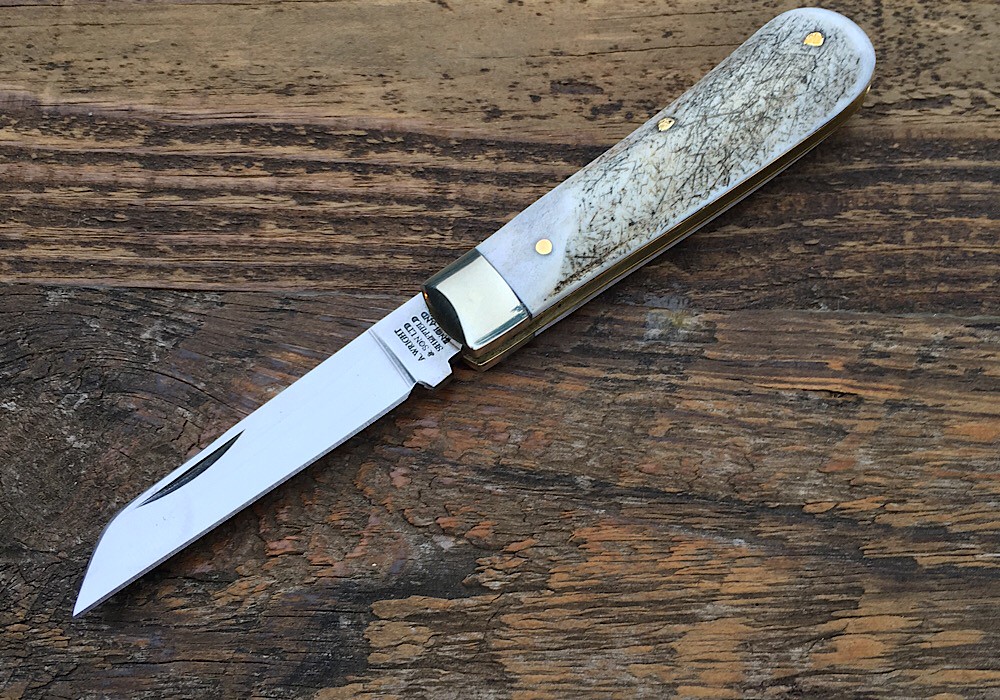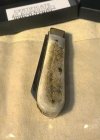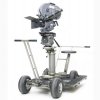- Joined
- Dec 2, 2005
- Messages
- 71,146
Good sunshine today!

And a wonderful sun-soaked pic

Thank you Jacktoday I go to the Doctor for test results. I'm pretty sure there will be a lot of "this tested to high and you need to do this and that"...

Good luck with everything Dave
 Yes, I know just what you mean, I have a couple of those sort of appointments coming up myself
Yes, I know just what you mean, I have a couple of those sort of appointments coming up myself Somebody came back to retrieve their bench, and the Garden Gnomes got 'em
You big tease
Good!

Sorry!
We call that a "dolly".
That's interesting Vince, I've heard that in relation to TV/film cameras. It is also the word Sheffield cutlers use for their rag polishing wheels

Or a "hand truck."
Thanks Greg, I think here a lot of younger folk, particularly those who haven't worked in a factory or warehouse, would struggle to know what to call it

Yup. On indefinite loan from my brother. I think knives, but he thinks I should give decorative ironwork a try. Good idea, too. It's outrageous what you can pay for a sheet-iron leaf. And hooks on a spike! I still have to build a stand for it. Preferably with wheels.

And us not there with a fleet of trucks/lorries and a warehouse!
Has he seen what you did to that 2-blade Lambsfoot?!

Gorgeous ebony, Jack.
Thanks Vince

Thank you Jack and Preston.
Preston and @Hkjay , you can speed up the process by dabbing a little bit of lapping paste with a toothpick into the back of the tang, where it bears against the backspring when opening and closing. I use 1 micron diamond paste sparingly, then work the action like you mentioned, then flush it with oil. You can mix some stropping compound shavings with mineral oil and warm it up in a shot glass, if you don’t have diamond or CBN paste.
That’s very interesting - yes I understand the actual numbers can vary quite a lot with individual samples of timber. Enough that a ‘top ten of the hardest or densest woods’ could easily be completely different with different samples of the same wood types.
Lignum vitae has been used for self lubricating bearings in early nuclear subs too, as well as hydroelectric dams. It’s an amazing wood. The cable insulators on San Francisco’s trolley car system were made from lignum vitae. Installed from 1904, many of the insulators survived the fires following the Great San Fransisco Earthquake in 1906, which softened iron struts and melted copper wire. In fact many of them were still in service into the 1970s, and the last of them were only replaced in 2009.
Master clockmaker, John Harrison used the timber for the gears in his Longitude clocks, and I understand that, of four of his clocks which are held in the Royal Observatory in Greenwich, three of them are still run full time, so little concern is there for wear on the lignum vitae clock mechanisms. (Apparently, the fourth is not operated, as it is not made of lignum vitae.)
If this could be sourced from some recycled old bowls balls, it would certainly be my number one vote for some very interesting, superlatively durable cover material.
As Lambertiana mentioned, published figures don’t capture the diverse spread of values in actual timber samples, but it can be instructive to compare values on the Janka scale. Not to disparage anyones preferences, but many of the timbers previously mentioned, like English Oak and Yew are relatively soft compared to African Blackwood, Lignum Vitae and Osage Orange.
I would also throw Australian Gidgee into the ring for consideration.
In the past GEC used ‘Barn Chestnut’ for some stainless knives, which was a good story, but an appalling choice IMHO, being softer than pine, and easily taking a deep imprint from a fingernail.
As Kevin noted with Betty’s fall onto concrete from 6’ high, these are extremely durable timbers. My ebony user has been through similar drops and scrapes, and is no worse for wear, either.
Great stuff, Dennis, I loved the pic, and hearing about your family history.
Wow, Kevin, these horn knives are looking even better with time. I thought it was one of the 2017 run, but obviously not, with that bolster?
Yeah, it’s frustrating when you lose a whole string of multiquotes like that.
Thanks Dave, really interesting stuff, mate.
Yeah, I remember we discussed the ‘Urban Explorer’ scene in Sheffield. There’s some great stuff on Youtube.
Jack had pointed out some pics taken in one of the old cutlery factories which showed some leftover stag cover slabs on a bench, when I visited Sheffield. I was in half a mind to go and have a stickybeak, but when I tracked the photos down, they were clearly Red Stag, not Sambar, which is probably why they had been left!
Absolutely! And Barrett can have his almighty, glass breaking Lambsfoot handle then too!
I found one of the photos from the time we visited Stan Shaw, and he showed us some Lignum Vitae covers he was lapping flat, which he had slabbed out of an old bowls ball:

Good breaking-in tips my friend, there are plenty of options for anyone who struggles with a stiffer pull

Lignum Vitae was one of my very first choices for covers from Wright's, they are not keen, but if I can find an old bowl, and get it cut into scales, I 'm hoping I'll be able to talk them into it. What would folks reckon to a shadow pattern, with a 'Bird's Eye' pivot?
I'm glad you checked out those 'urban explorer' sites mate, and that you spotted the provenance of the stag - I feel less gutted now!

Great pic of Stan's Lignum, I have seen him using it for several knives, and cuts pieces of the wooden bowl with a hand-saw!
(Having to split this one


















![lambfoot-pocket-knife-taylors-eye-witness-imitation-stag-handle-863-p[ekm]693x693[ekm].jpg](https://www.uklegalknives.com/ekmps/shops/legalknives/images/lambfoot-pocket-knife-taylors-eye-witness-imitation-stag-handle-863-p[ekm]693x693[ekm].jpg)